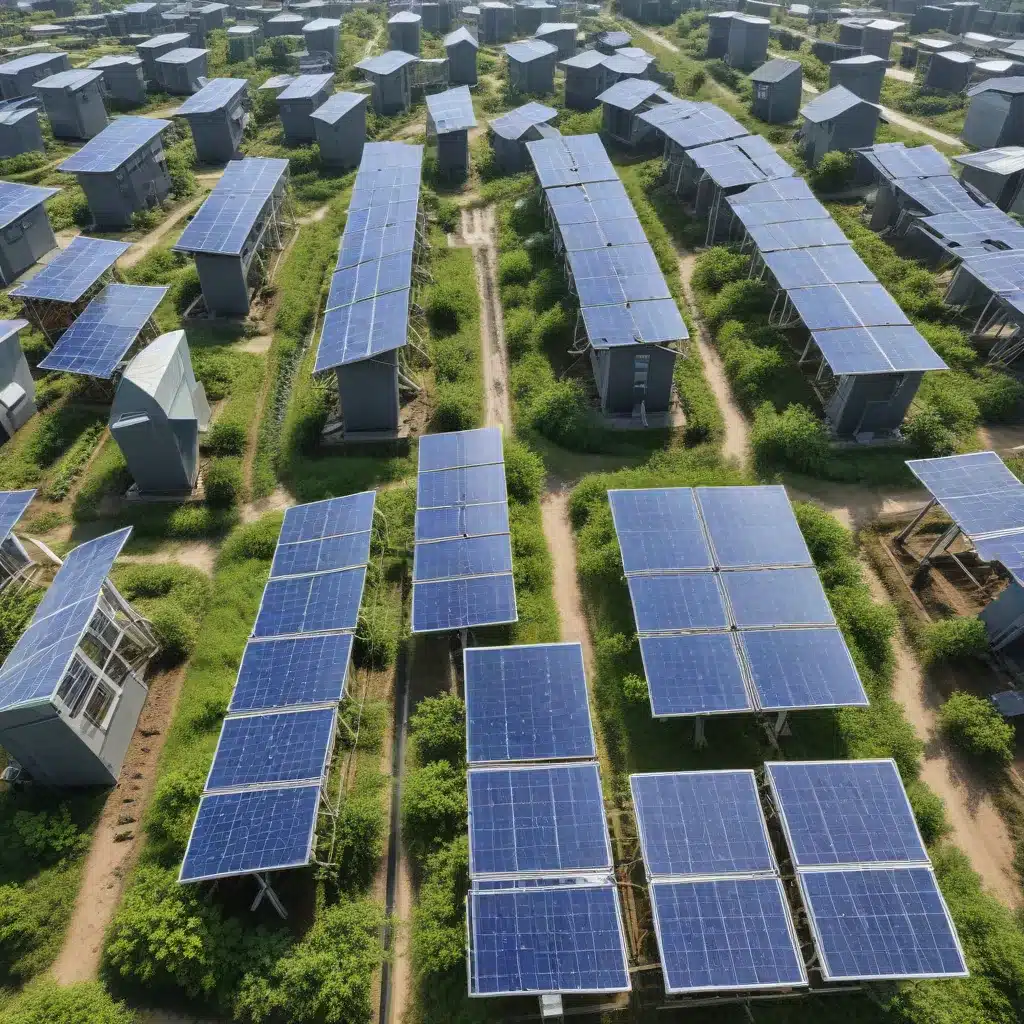
The Role of Virtual Power Plants in Empowering Sustainable Communities
In the pursuit of a greener, more resilient energy future, Europe is at the forefront of a remarkable transformation—one that harnesses the power of virtual power plants (VPPs) to empower local communities and drive the continent’s sustainable energy agenda. As renewable energy sources like wind and solar continue to expand across the region, VPPs are emerging as a vital solution, integrating these decentralized assets into a coordinated, intelligent network that optimizes energy generation, storage, and distribution.
Understanding Virtual Power Plants
A virtual power plant is a network that aggregates small-scale, distributed energy resources—such as rooftop solar panels, home battery systems, and smart appliances—into a single, dispatchable entity. Unlike traditional power plants, a VPP does not rely on a central facility; instead, it coordinates the collective contributions of its diverse participants, creating a dynamic and responsive energy system.
The key advantage of a VPP lies in its ability to leverage the flexibility and responsiveness of these distributed resources. By coordinating the charge and discharge cycles of energy storage systems, the output of local renewable generators, and the demand-side flexibility of smart devices, a VPP can provide a range of grid services, from peak shaving and frequency regulation to voltage support and emergency backup power.
The Benefits of Virtual Power Plants
The impact of VPPs in Europe is multifaceted, delivering benefits to local communities, energy providers, and the broader grid. For consumers, VPPs can help reduce electricity bills through demand-side management strategies and time-of-use pricing incentives. By tapping into the stored energy of participant batteries or adjusting the consumption of smart appliances during peak demand periods, VPPs can lower the need for costly, polluting peaker plants.
Moreover, VPPs enhance local energy resilience, ensuring that communities have access to reliable power during outages or extreme weather events. By diversifying energy sources and distributing generation across a network, VPPs mitigate the risks posed by centralized grid failures or single-point-of-failure vulnerabilities.
For energy providers, VPPs offer a cost-effective alternative to traditional grid infrastructure upgrades. Rather than investing in new power plants or transmission lines, utilities can leverage the distributed assets within a VPP to meet growing demand and support grid stability. This model not only reduces capital expenditures but also lowers the environmental impact of the energy system.
Integrating Virtual Power Plants
Seamlessly integrating VPPs into the existing energy landscape requires a comprehensive approach that addresses both technical and regulatory challenges. On the technical front, advancements in energy management software, communication protocols, and distributed energy resource management systems (DERMS) have been crucial in enabling the real-time coordination and optimization of a VPP’s diverse assets.
However, the widespread deployment of VPPs also depends on the evolution of regulatory frameworks that foster their adoption. Across Europe, policymakers are working to streamline interconnection processes, standardize renewable energy certification (REC) schemes, and provide stable incentives for distributed energy resources. The establishment of clear guidelines for virtual net metering, peer-to-peer energy trading, and demand response programs has been instrumental in empowering local communities to participate in the VPP ecosystem.
Sustainable Energy Solutions
As Europe continues its transition towards a low-carbon energy future, the role of VPPs has become increasingly vital. By integrating renewable energy sources, grid modernization initiatives, and demand-side management strategies, VPPs are positioned to play a central role in achieving the continent’s ambitious decarbonization goals.
The proliferation of rooftop solar and community-scale wind projects has provided a solid foundation for VPPs, allowing them to harness these distributed generation assets and effectively channel their output into the grid. Simultaneously, the modernization of power distribution networks, with the integration of smart meters, advanced metering infrastructure, and communication technologies, has enabled the real-time monitoring and control needed for VPP operations.
Community Empowerment
At the heart of the VPP model lies a commitment to empower local communities and foster energy independence. By decentralizing energy generation and distribution, VPPs enable communities to take an active role in shaping their energy future, transitioning from passive consumers to engaged prosumers.
Through the deployment of distributed energy resources and the establishment of resilient energy infrastructure, VPPs help communities reduce their reliance on fossil fuels, lower their carbon footprint, and insulate themselves from the impacts of grid disruptions. This empowerment extends beyond the energy sector, as VPPs can also serve as catalysts for broader community development, job creation, and sustainable economic growth.
The Future of Virtual Power Plants
As the VPP landscape continues to evolve, we can expect to see further technological advancements and policy refinements that will unlock their full potential. Innovations in battery storage technologies, distributed energy management systems, and artificial intelligence will enhance the flexibility, responsiveness, and optimization capabilities of VPPs, enabling them to provide an even broader range of grid services.
At the same time, the harmonization of regulatory frameworks across Europe will be crucial in creating a cohesive, interconnected VPP ecosystem. Policymakers must work to address the remaining barriers, such as interconnection challenges, REC standardization, and incentive structures, to ensure a level playing field for VPP participants and accelerate their widespread adoption.
By embracing the transformative power of virtual power plants, Europe is poised to empower sustainable communities, drive the transition to a clean energy future, and set a new standard for community-centric, decentralized energy solutions. As the continent continues to lead the way in this energy revolution, the lessons learned and the successes achieved will undoubtedly inspire and guide other regions across the globe.







